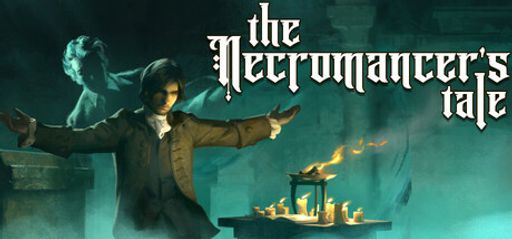I’ve spent the past week fully immersed in The Necromancer’s Tale. As a player who enjoys depth, I entered Psychic Software’s gothic RPG with high hopes. For the most part, it delivered. Here’s my breakdown.
Overall Impressions
The writing and magic system shine as the game’s strongest features. Each grimoire feels purposeful, with rituals that carry story weight. Psychic Software, known for deep RPG systems, captures the fantasy of becoming a true necromancer. The mix of lore, spellcasting, and choice-driven dialogue sets the stage for a dark adventure.
The world is striking but lacks life. Exploration often feels like walking through a painted backdrop instead of a living space. Quest progress can stall due to hidden triggers, clashing with the pace of the magic system. This uneven flow breaks immersion.
Fans of Age of Decadence or Neverwinter Nights 2 will notice familiar strengths. Branching stories and old-school design are clear influences. Still, The Necromancer’s Tale leans on story and ritual over polished combat or exploration. This focus makes it unique but also shows its limits compared to games that balance story with more systems.
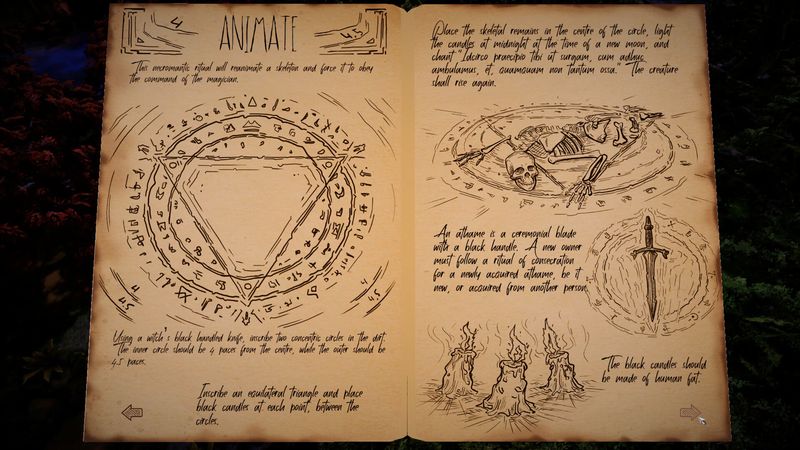
Gameplay Mechanics
The ritual system is the highlight. Every spell demands care—collecting bones, chanting in order, and timing circles. Pulling off big rites like the multi-stage Rite of the Lich feels powerful. Social systems also add depth. You can blackmail nobles, seduce allies, or trade secrets to skip fetch quests, making role-play engaging.
Minimal inventory and quest guidance add immersion but may frustrate. Retracing steps or questioning every NPC slows progress. Late-game battles bring another hurdle: managing skeletal minions. Since each command is issued one by one, it becomes overwhelming. An auto-command option would smooth pacing while keeping strategy.
Standout Moment: Summoning a skeletal army under a blood moon, then leading a charge through a besieged village—nothing matched that rush.
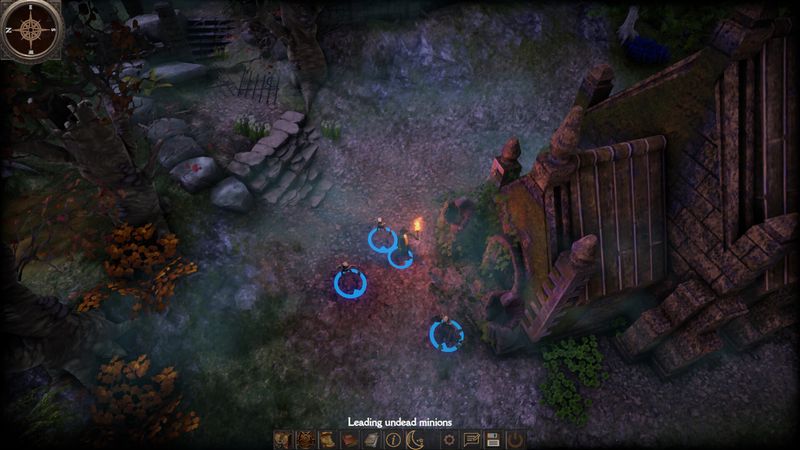
Story and Characters
The game centers on moral descent. You shape the path from grave-robber to aspiring lich. NPCs react with fear, loyalty, or vengeance, making encounters tense. Relationships, such as with Celeste the conflicted scholar, add weight. Dialogue trees, though, can be harsh. Missed clues may block progress, forcing backtracking through journals.
Visuals and Graphics
The gothic art is striking. Hand-painted backgrounds bring ruins, graveyards, and sanctums to life. Dialogue portraits capture emotion, boosting immersion. The map, though, suffers from repetition. Recycled textures like mossy walls and twisted trees reduce variety. While not game-breaking, this weakens the impact of exploration compared to the rich narrative.
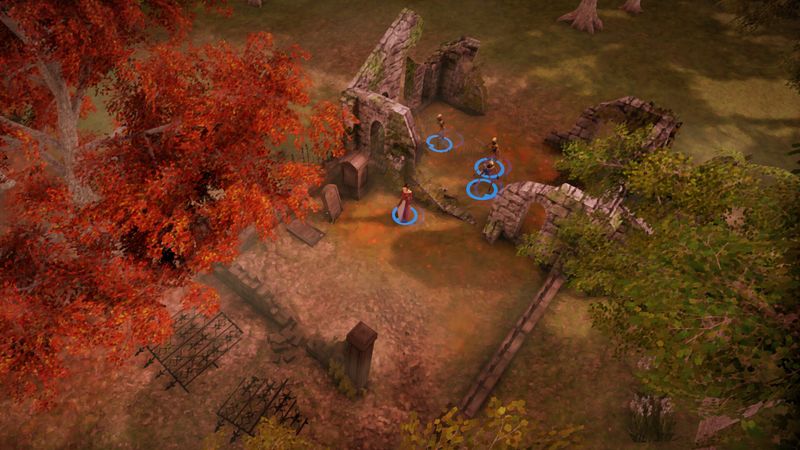
Sound and Music
The soundtrack is haunting, filled with choirs, strings, and whispered chants. It enhances rituals and palace intrigue. Sound effects like cracking bones and thunder add crisp detail. Key NPCs feature strong voice work, but minor characters rely only on text. A full voice cast would have delivered deeper immersion.
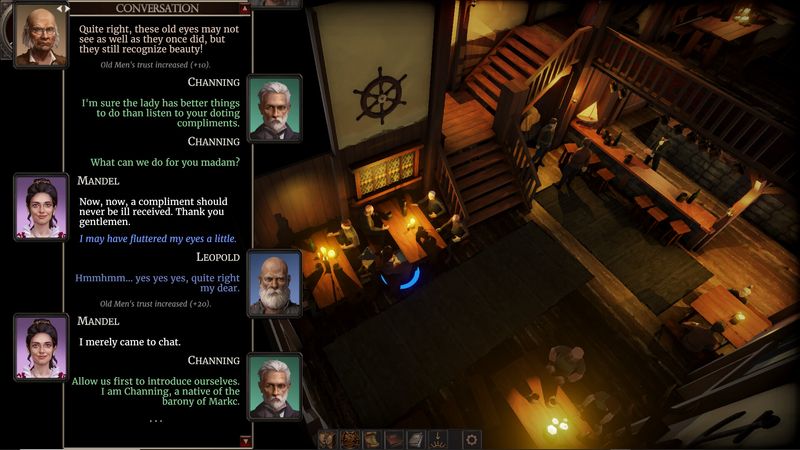
Difficulty and Replayability
The game is demanding. Missed items or dialogue choices often force backtracking. Yet solving puzzles and winning tough duels is rewarding. Replay value is strong. Choices shape whether you rise as a merciful necromancer or ruthless warlord. Branching paths, multiple endings, and planned expansions promise more content. This ensures longevity for fans of dark, choice-driven RPGs.
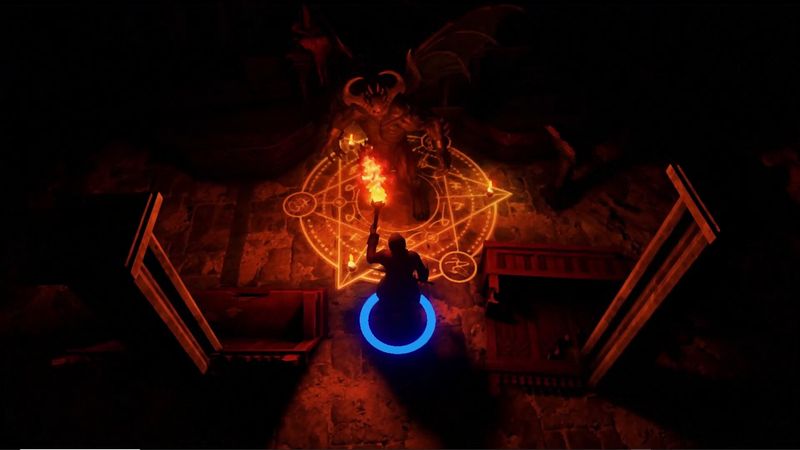
Trivia & Behind the Scenes
Psychic Software expanded from a four-person team to ten for this project. To ground its magic in history, the studio consulted medieval scholars. Rituals and grimoires feel authentic as a result. A custom dialogue engine handles reputation tracking, a feature planned for future games. A free DLC in early 2026 will add undead forms and a conquest mode, extending replay value.
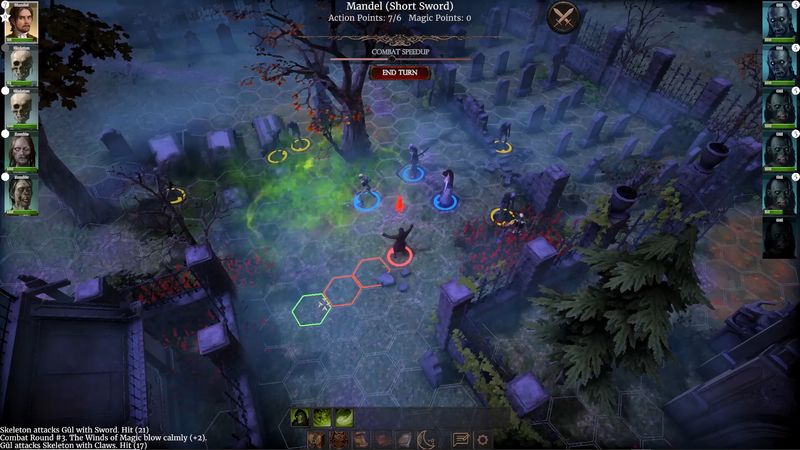
Final Thoughts
The Necromancer’s Tale delivers on its promise of dark sorcery and narrative depth. It requires patience and a taste for old-school pacing, but rewards players who engage with its secrets. Minor issues with quest flow and late combat hold it back from perfection. Still, for those seeking a true necromancer journey, it’s essential.
Rating: 4 out of 5 stars
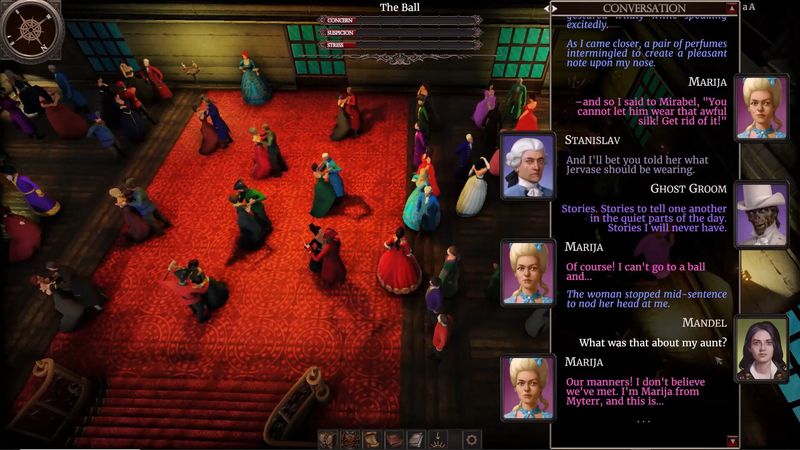
The game shines with deep ritual mechanics and multi-layered spellcasting. Dynamic moral choices and rich dialogue shape your rise from grave-robber to lich. A haunting soundtrack and gothic visuals create strong atmosphere.
On the downside, the open world feels sparse and repetitive. Missed clues can stall progress, and late-game minion control becomes tedious. Still, its strengths outweigh flaws.

